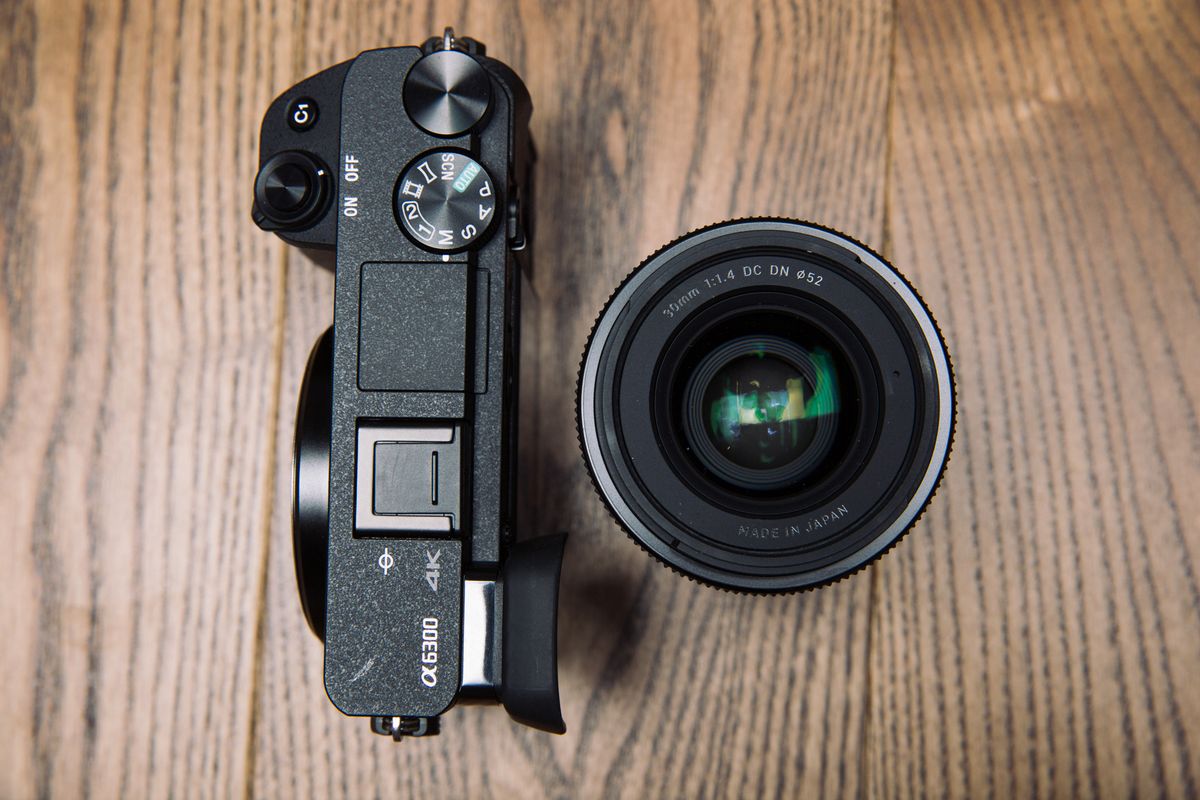

But even then, it’s easy to overshoot focus and difficult to fine-tune it, making it difficult-if not impossible-to pull or push focus manually when shooting video. The only way to make the distance gauge on the a6300 jump, for example, is to forcefully and quickly move the focus ring at least half a turn. The ring turns freely with little effect on focus.
Sigma 30mm 1.4 focus issues manual#
Manual focusing with this lens proved frustrating and, in some cases, ineffective. Starting at f/1.4 provides wider latitude throughout the aperture range on this lens, with a minimum aperture of f/16. And, of course, the ability to shoot wide open at f/1.4 is always a bonus. Besides the price, the Sigma 30mm f/1.4’s sharpness is outstanding. There’s definitely a lot to like about this lens, especially since it expands the options for Sony E-Mount and MFT users. The lens lacks focus distance markings, too, though that’s not uncommon for lenses in this class. There’s no aperture ring, but the focus ring is large and textured for a secure grip. It’s relatively compact and the combo feels well balanced in the hand, with and without the bundled lens hood attached. The lens is sturdily built of metal and high-quality plastic, measures 2.6 x 2.9 inches and weighs 9.3 ounces. The good news is that, when stopped down to about f/2.8 or f/4, these problems seem to disappear or are much less noticeable. Upon close examination of test shots on the computer screen, we noticed occasional chromatic aberration along high contrast edges, a bit of barrel distortion and, from time to time, minor vignetting.

While having the option to shoot at f/1.4 is appealing, there are a few issues when the lens is wide open. There is little-to-no lens flare and the bokeh produced at wide apertures is very smooth.

Small details were well rendered, even at higher ISOs (granted, that’s partly attributable to the a6300, but the lens is, of course, a critical partner to the camera). Center sharpness is impressive with generally very good corner-to-corner sharpness when paired with the Sony a6300. Overall, the Sigma 30mm f/1.4 exceeded expectations. Minimum focusing distance is 11.8 inches, so don’t expect to get super close to your subject (I tried), but it’s certainly a respectable distance for a 30mm (45mm-equivalent) focal length lens. I tested the lens with the Sony a6300, a 24-megapixel APS-C camera with a 1.5x crop factor, delivering an effective focal length of 45mm. The lens is not only faster and wider than the direct competition (Sony’s 35mm f/1.8 and Zeiss Planar Touit 32mm f/1.8) but, at $339, it’s less expensive than the $450 and $499 previously mentioned models. With the introduction of Sigma’s 30mm f/1.4 DC DN Contemporary lens, Sony E-Mount and Micro Four Thirds (MFT) shooters have another option in a fairly meager selection of fast primes. Fast prime lenses have held a special place in photographers’ gear bags for a long time.


 0 kommentar(er)
0 kommentar(er)
